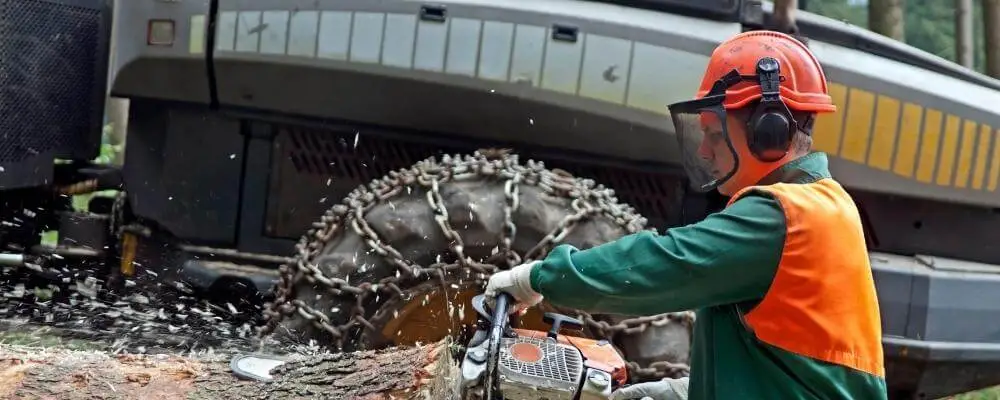Top Safety Clothing for High Heat Resistance and Protection
The Importance of Best Heat Resistant Safety Clothing
In various industrial sectors, workers are often confronted with environments that expose them to extreme temperatures and heat hazards. Whether it's in welding, foundry work, or cooking in commercial kitchens, the risk of heat-related injuries is significant. Consequently, the development and utilization of high-quality heat resistant safety clothing have become paramount in ensuring worker safety and enhancing productivity. This article explores the significance of heat resistant safety clothing, its materials, and the standards one should look for when selecting these critical garments.
Understanding Heat Resistant Safety Clothing
Heat resistant safety clothing is specifically designed to protect workers from thermal hazards. These garments are made with materials that can withstand high temperatures, preventing burns and heat stress. The primary function of such clothing is to minimize the risk of injuries that can result from accidental exposure to flames, molten metal, or hot machinery. By providing a barrier between the wearer and these hazards, heat resistant clothing plays a crucial role in workplace safety.
Materials Used in Heat Resistant Clothing
When it comes to heat resistant safety clothing, the choice of materials is vital. Common fabrics used include aramid fibers, such as Kevlar and Nomex, which are known for their excellent heat and flame resistance. These materials not only protect against burns but also offer protection from cuts and abrasions, making them ideal for various industrial applications. Other innovative materials include treated cotton and specialized synthetics that provide both comfort and durability.
Moreover, some clothing comes with reflective coatings that enhance visibility and further protect against radiant heat, which is particularly beneficial in environments where workers are exposed to intense heat sources. The layered construction of these garments also improves insulation, allowing workers to operate safely in extreme conditions.
Safety Standards and Certification
best heat resistant safety clothing

When choosing heat resistant safety clothing, it's essential to consider the relevant safety standards and certifications. Various organizations, such as the National Fire Protection Association (NFPA) and the American Society for Testing and Materials (ASTM), provide guidelines and standards that dictate the performance requirements for heat resistant clothing. For instance, NFPA 2112 is a standard for flame-resistant garments that protect against flash fire, ensuring that these clothing items can effectively safeguard workers in hazardous environments.
It is crucial for employers and workers alike to verify that heat resistant clothing meets these established standards before use. This not only ensures compliance with safety regulations but also guarantees that the clothing will perform as expected in protecting against heat hazards.
The Role of Proper Fit and Maintenance
In addition to material quality and compliance with safety standards, the fit of heat resistant clothing plays a significant role in worker safety. Ill-fitting garments can reduce dexterity and increase the risk of accidents. Therefore, selecting clothing that offers a proper fit, while allowing for ease of movement, is essential.
Furthermore, regular maintenance and inspection of heat resistant clothing are crucial to prolonging its lifespan and ensuring maximum protection. Employers should implement a routine check to identify any signs of wear, tear, or damage, and promptly replace any compromised gear.
Conclusion
In summary, the importance of heat resistant safety clothing cannot be overstated. By selecting high-quality materials that meet stringent safety standards, ensuring proper fit, and maintaining these garments, employers can create safer working environments. For workers, being equipped with the best heat resistant clothing is a critical step towards minimizing risks and enhancing performance in high-temperature settings. As industries continue to evolve, the focus on safety clothing that withstands thermal hazards will remain a crucial aspect of occupational health and safety.
-
Wholesale Safety Helmets - Cheap OEM Supplier China Manufacturer
NewsMay.30,2025
-
Top Safety Helmet Manufacturers in Japan - Durable & Certified
NewsMay.30,2025
-
Affordable 3M Safety Helmets in Pakistan Bulk Pricing & Factory Deals
NewsMay.30,2025
-
Affordable HDPE & EN397 Hard Hats - Safety Certified, Bulk Deals
NewsMay.29,2025
-
FDA-Compliant Food Safety Clothing Suppliers Health Dept Approved
NewsMay.29,2025
-
adidas safety clothing
NewsMar.07,2025
